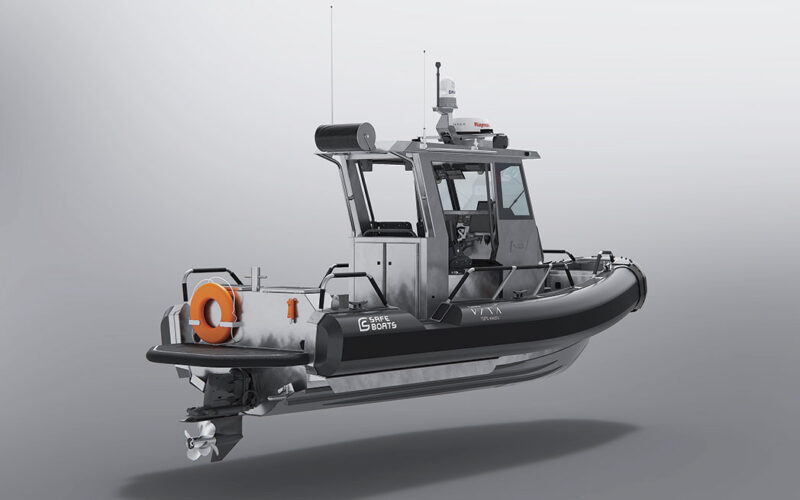
Wärtsilä said it has agreed to work on a pioneering project to build the first zero-emission, high-speed, electric ferries in the U.S.
Finland-based Wärtsilä will collaborate with the San Francisco Bay Area Water Emergency Transportation Authority (WETA), which operates the San Francisco Bay Ferry system, in finalizing the vessel’s design and charging system concepts.
Part of the Rapid Electric Emission-Free Ferry Program initiated by WETA, the partnership with Wärtsilä “is poised to play a pivotal role in the phased decarbonization of high-speed, high-capacity ferry services in San Francisco Bay,” the company said.
Seamus Murphy, WETA’s executive director, said the WETA “operates the nation’s cleanest high-speed ferry fleet and emphasized the attainability of a zero-emission future for the ferry system.”
Following the conceptual phase, WETA will progress to the initial construction phase made up of three smaller ferries accommodating around 150 passengers each and two larger ferries with a capacity of at least 300 passengers.
The construction phase will also include the incorporation of battery charging floats.
The first electric-powered WETA ferry is slated to enter service in 2025.
Ferries aren’t the only vessel type undergoing a transition to implementing electric propulsion systems.
SAFE Boats International has said that it is collaborating with all-electric marine power systems developer Vita Power to bring electrification to the patrol boat market.
The first objective of this partnership is “to develop a 100 percent electric patrol boat that is a first-class solution and is both reliable and practical,” according to Bremerton, Wa.-based SAFE Boats.
The two companies adapted one of SAFE Boats’ most proven hull designs – the 23’ Center Console – that will feature Vita Power’s V300 electric motor and battery package.
Dubbed the 223e, this concept provides a zero-emission solution for operators who are working long hours at lower speeds.
Performance calculations with the 300 hp electric motor predicts the 223e will maintain an operational battery life of 10 hours at 5 knots, one hour at cruise speed, and capable of a 34 knot sprint speed. Utilizing the Aqua SuperPower charger system – supplied by Vita’s sister company – the boat can recharge in one hour or less.
The 223e offers the work boat and patrol boat market a zero-emission option when long, high-speed runs are not required. Compared to an outboard-powered engine, the new class of patrol boat is expected to save thousands in annual fuel and maintenance costs.
“The SAFE/Vita collaboration is to develop electric boats that can be used for specific applications such as lake patrols and for harbormasters who are spending most of their time at low speeds in sensitive environments,” said SAFE Boats CEO, Richard Schwarz.
As state regulations clamp down on emissions requirements, he added, “Boat and engine manufacturers are being pushed to develop innovative solutions to maintain compliance. This SBI/Vita solution suits those ever-tightening requirements.”
Clive Johnson, CEO of Vita, states that “the 223e is the perfect size boat to offer first responders with the range and performance Vita has to offer in a durable workboat.”
The Vita propulsion system, he said, “is designed to offer a complete electrification solution for a broad range of marine applications from commercial vessels to superyacht tenders, and we are excited to be working with SAFE Boats to bring our technology to first responders and harbormasters here in the U.S.”
The SAFE Boats 223e will reportedly be available for immediate order with deliveries expected to start

